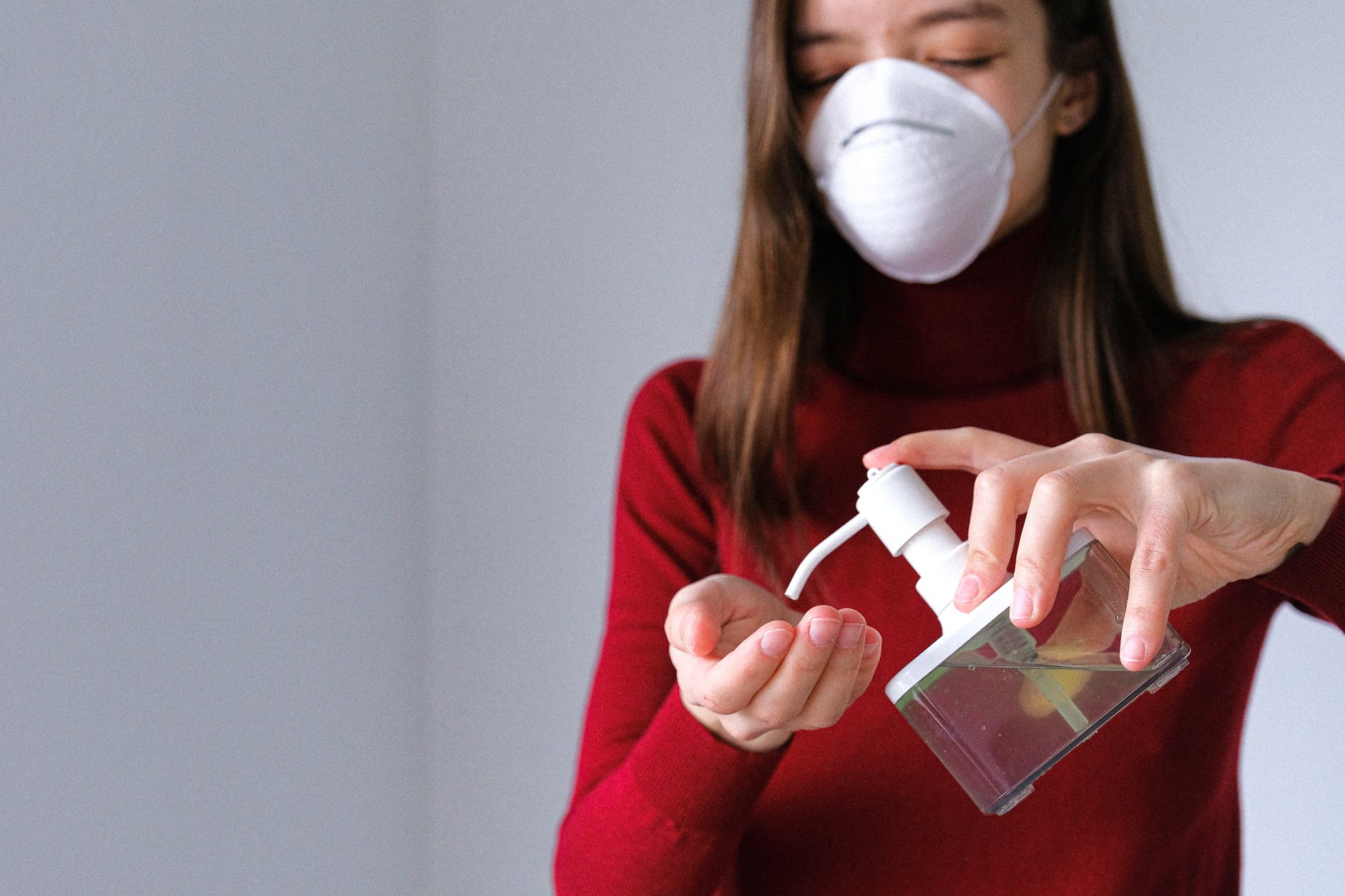Because scientists have yet to discover a COVID-19 vaccine, the world is learning to live with it. Cases are slowly decreasing, but this is not a sign to be complacent. Safety protocols must follow to keep numbers low, especially when reopening facilities such as restaurants and workplaces. Wherever you go, physical distance must be respected. There are also two things you can never do without: a face mask and a hand sanitizer. They are important to minimize the risk of contracting not only the new coronavirus, but also other common diseases.
Table of Contents
Start With Yourself
In these uncertain times, you can help protect others from the virus by staying healthy. In addition to meeting the physical approval and mask requirements, this would help keep your hands clean.
It is not continuously possible to wash your hands with soap and water when you are outside. In these cases, you should have a hand disinfectant ready. It is also known as a hand disinfectant or hand antiseptic and is in the form of a gel, foam or liquid. You can kill disease-causing bacteria and viruses that usually killed by washing your hands with soap and water.
Without a current vaccine or cure, hand sanitizers should be part of your daily kit. It’s an extra layer of protection that can help you stay safe. By staying healthy, it slows the spread of the virus and relieves not only the government but also others.
Two Types of Hand Sanitisers
There are 2 types of hand sanitizers: alcohol-based or alcohol-free. Alcohol-based hand sanitizers kill harmful microorganisms in a concentration of 60 to 95 percent ethanol or isopropanol. On the other hand, non-alcoholic hand sanitizers contain disinfectants and antimicrobial agents like triclosan. The Center for Disease Control and Prevention recommends the use of a hand sanitizer that contain 60% alcohol. However, frequent hand washing still recommended.
Proper Use of the Hand Sanitiser

The hand disinfectant should be completely applied to your fingers and the entire surface of the hand for at least 20 seconds and allowed to dry completely. This gives you the active ingredients for disinfecting bacteria, fungi or viruses on your hands.
Remember that you only want to apply a small amount as long as it covers your hands well. However, it should re-used as often as necessary, especially in places where hygienic procedures must be followed, such as B. in hospitals and clinics. Do not use hand disinfectant if your hands are visibly dirty or greasy, as they can only be properly disinfected by washing your hands thoroughly.
Simple but Effective
Hand sanitizer is an extremely simple and practical product, but it plays an important role in controlling the spread of viruses, be it a cold or COVID-19. As such, it should always be with you. Hand sanitizers, generally supplied in small bottles or tubes with a capacity of 30 or 60 ml, which can easily carried in your bag, backpack or even in your pocket. They are popular in industries and facilities such as hospitals, dental offices, gyms, schools, nurseries, and offices. Going out at a time like this is not so daunting thanks to the hand sanitizer.
Using a hand sanitizer is important for proper hygiene and health, both important at a time like this. However, it is a healthy practice that should continue after the pandemic.


